Canadian Nuclear Laboratories, Atomic Energy of Canada Limited and AtkinsRéalis have signed a memorandum of understanding (MoU) to investigate opportunities to collaborate on the production of heavy water for use in new Candu reactors in Canada.
Heavy water is a form of water in which the normal hydrogen is replaced by a heavier isotope of hydrogen called deuterium. It is used as both the moderator and as the reactor coolant in pressurized heavy water reactors, such as Candus. It has not been produced in Canada for more than 25 years.
The MoU brings together AtkinsRéalis’ nuclear and industrial capabilities in Canada as the licensee of Candu technology, with Atomic Energy of Canada Limited (AECL), owner of Candu intellectual property and other heavy water production technologies, and the Canadian Nuclear Laboratories (CNL) who is a world leader in the industry with extensive experience in heavy water technologies.
The objective of the MoU is to examine options and chose cost efficient, environmentally responsible, and viable heavy water production technologies, which could include the creation of industrial scale heavy water production facilities to support the deployment of a new fleet of Candu reactors.
Ian Edwards is the AtkinsRéalis President and CEO. He said that “This collaboration among important stakeholders in the Canadian nuclear sector sets the stage for Canada to lead the global heavy water market, solidifying its role as a key player in the energy transition. With Candu reactors operating across four continents, a global nuclear new build market with expected demand in excess of 1000 new reactors, a strong Candu reactor refurbishment market, and the introduction of the new Candu Monark 1000 MW reactor in addition to the existing Enhanced Candu 6, this memorandum of understanding could not have come at a better time.”
Fred Dermarkar is the AECL President and CEO. He added that “I am pleased that AECL, CNL and AtkinsRéalis are collaborating and working together to advance heavy water production for Candu reactor technology. Candu technology is uniquely positioned to contribute to important national objectives such as decarbonization, energy security, economic growth and maintaining Canada’s Tier-1 nuclear nation status.”
Jack Craig is the CNL President and CEO. He said, “The deployment of large-scale nuclear power in Canada is an enormous undertaking, and will require extensive alignment and coordination between organizations, industries, public officials and regulators from across the country. Heavy water is one key piece of the larger puzzle, and CNL is working hard to play a leadership role in this process, ensuring that the broader industry is working towards a shared vision, and that the necessary inventory and production capabilities are in place to supply these reactors.”
The Bruce Heavy Water Plant, which operated from 1973 until 1998, was built by AECL. It was located within the boundaries of the Bruce nuclear power plant, but was owned and operated by Ontario Power Generation. The plant was constructed to supply the heavy water needed for Canada’s nuclear power program. Candus are very efficient in their use of heavy water, which is recycled. This means that the Bruce Heavy Water Plant’s output was no longer needed after sufficient stockpiles were produced. Decommissioning of the Bruce Heavy Water Plant’s began in 2004, with demolition work completed in 2006.
Blog
-
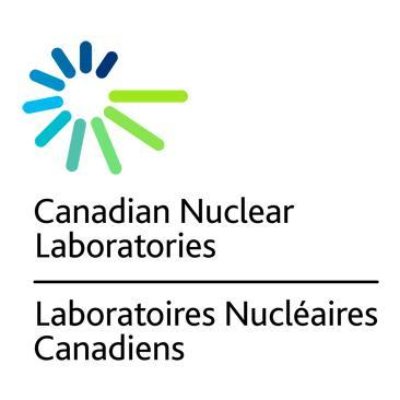
Nuclear Reactors 1389 – Canadian Nuclear Laboratories, Atomic Energy of Canada Limited and AtkinsRéalis Are Collaborating On The Construction Of A Heavy Water Plant.
-
Nuclear News Roundup May 13, 2024
Life extensions vital to underpin future expansion: Constellation world-nuclear-news.org
IAEA staff observe emergency drill at Zaporizhzhia world-nuclear-news.org
Swedish project to develop Gen IV nuclear power system world-nuclear-news.org
Uganda looks to potential uranium production world-nuclear-news.org
-
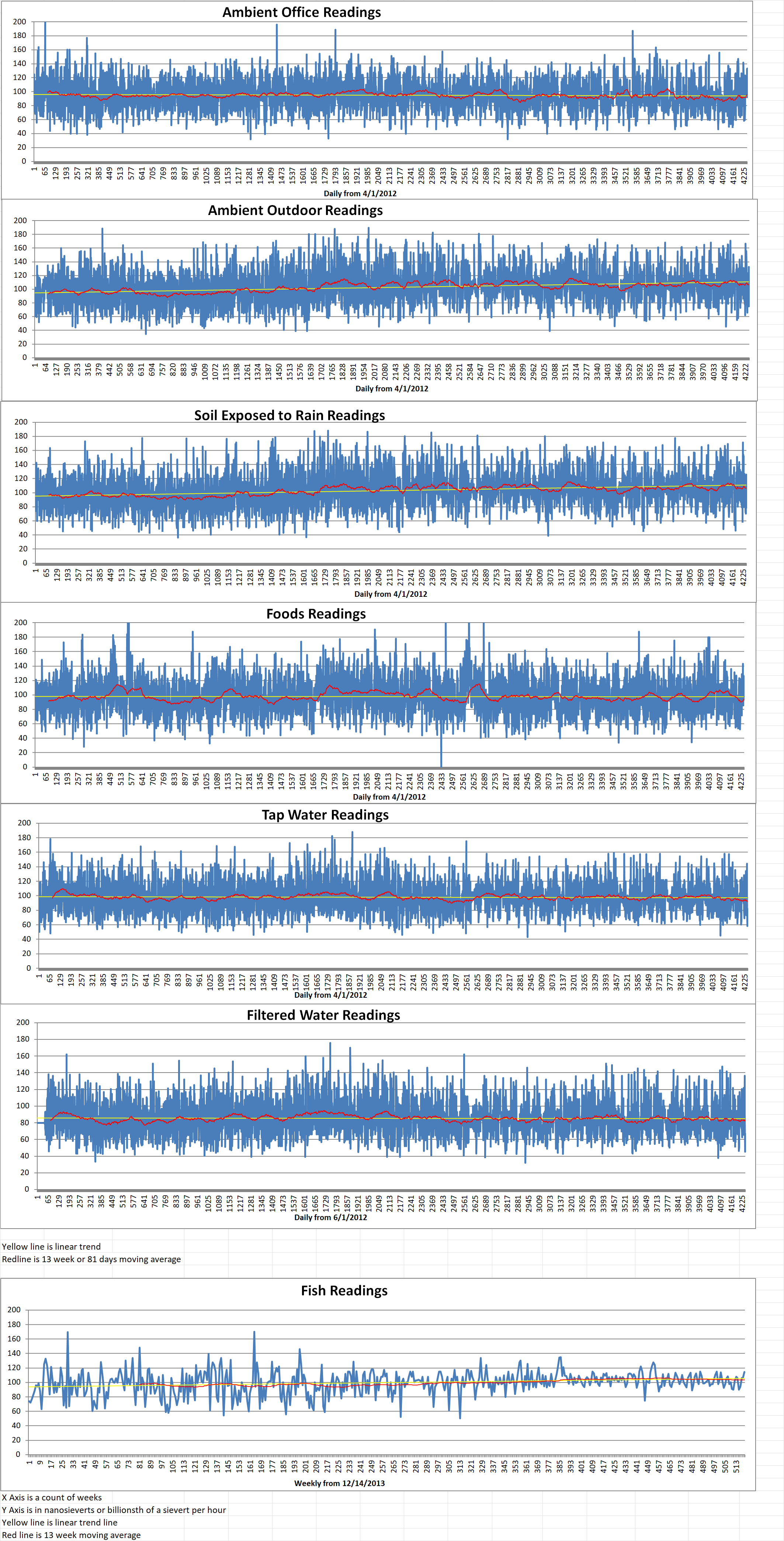
Geiger Readings for May 13, 2024
Ambient office = 133 nanosieverts per hour
Ambient outside = 122 nanosieverts per hour
Soil exposed to rain water = 120 nanosieverts per hour
Blueberry from Central Market = 110 nanosieverts per hour
Tap water = 81 nanosieverts per hour
Filter water = 67 nanosieverts per hour
-
Nuclear News Roundup May 12, 2024
Experts Warn Iran Could Achieve Nuclear Weapons Capability in Weeks themedialine.org
Norsk Kjernekraft focuses on off-grid SMR projects world-nuclear-news.org
BN-1200 plans clear environmental hurdle world-nuclear-news.org
Oklo, Atomic Alchemy team up for future isotope production world-nuclear-news.org
-
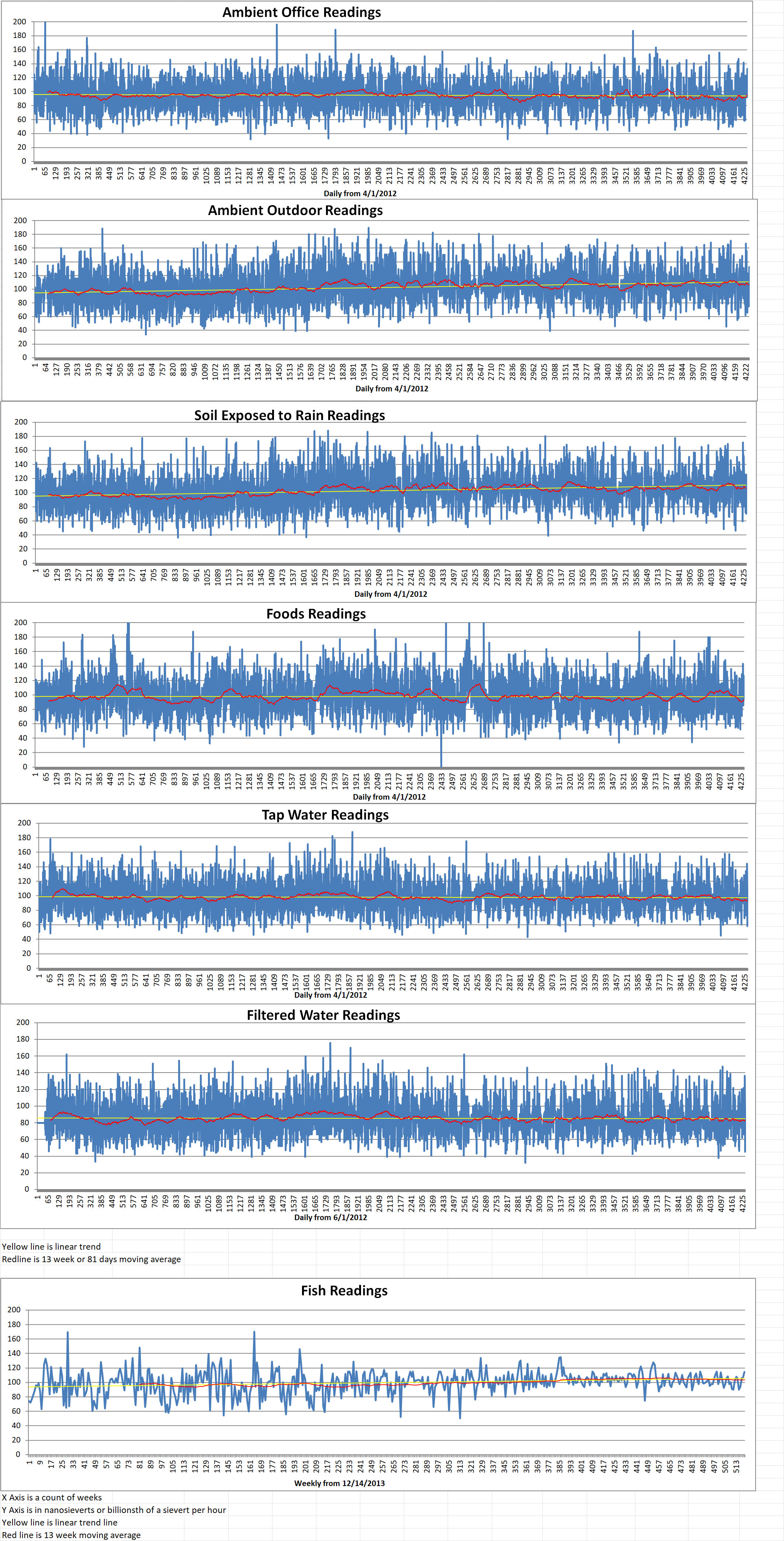
Geiger Readings for May 12, 2024
Ambient office = 133 nanosieverts per hour
Ambient outside = 82 nanosieverts per hour
Soil exposed to rain water = 79 nanosieverts per hour
Avocado from Central Market = 126 nanosieverts per hour
Tap water = 67 nanosieverts per hour
Filter water = 52 nanosieverts per hour
-
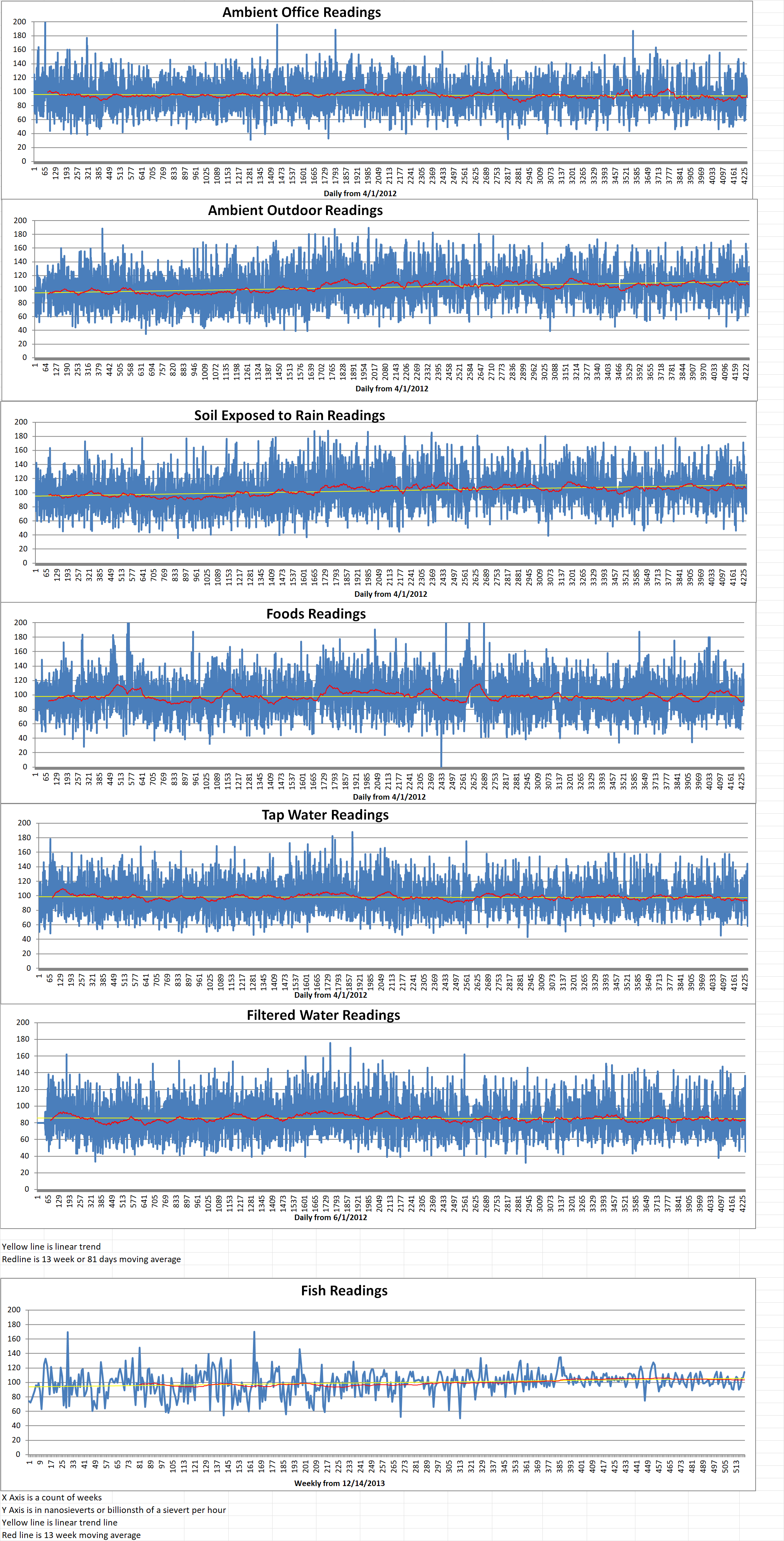
Geiger Readings for May 11, 2024
Ambient office = 92 nanosieverts per hour
Ambient outside = 133 nanosieverts per hour
Soil exposed to rain water = 126 nanosieverts per hour
Acorn squash from Central Market = 93 nanosieverts per hour
Tap water = 58 nanosieverts per hour
Filter water = 45 nanosieverts per hour
Dover Sole from Central = 114 nanosieverts per hour
-
Nuclear News Roundup May 11, 2024
North Dakota eyes next-generation nuclear as replacement for coal plants inforum.com
North Korea confirms missile launch, Kim Jong Un vows bolstered nuclear force france24.com
Eastern Kentucky exploring economic growth with nuclear energy lanereport.com
International Community Meets to Discuss the Future of Nuclear Security iaea.org
-

Radioactive Waste 930 – Urenco Has Been Granted Permits To Clean Up Radioactive Waste Storage At Almelo Facility
The Netherland Authority for Nuclear Safety and Radiation Protection (ANVS) has granted the final permit to Urenco, the uranium enrichment company, for the construction and operation of a new radioactive waste storage facility at its Almelo site. Last year, Urenco was granted permission to build the facility prior to the permit being issued.
In the autumn of 2022, Urenco received a warning from ANVS after an inspection. ANVS said that radioactive material (activated carbon and waste oils) was being stored in a room that was not sufficiently fire-resistant at Almelo.
ANVS said in April 2023 that although there was no immediate danger to people and the environment, ANVS still issued a ‘tolerance decision’, allowing the construction of a new storage facility, without the required permit having been granted in advance. This was done so that Urenco could meet the safety requirements as quickly as possible.
At the time of issuing its decision, ANVS said it “only tolerates [permit] violations either in the event of force majeure or in a transitional situation and if the situation does not lead to major environmental or safety risks. We have assessed that there is force majeure for the storage of the radioactive material at Urenco. The company may therefore create and use a new storage facility without a permit until 1 July 2024.”
“Now that the final permit has been obtained, the tolerance situation has formally come to an end,” ANVS has recently noted.
Radioactive waste from Urenco’s uranium enrichment activities at Almelo cannot immediately be sent for storage at the Central Organization for Radioactive Waste (COVRA). The waste must first be processed by the Urenco. Then it can be transported to COVRA which is the only storage facility for radioactive waste in the Netherlands. The radioactive material must therefore remain stored at Urenco until that processing has taken place.
In addition to granting the final permit for the waste storage facility at Almelo, ANVS has also made three amendments to Urenco’s license for the plant. The company has the option to adapt the floor plan of its facility to the new situation. Urenco is also permitted to use a higher tube voltage for its X-ray equipment. The company uses these devices to screen its centrifuges during assembly. In order to use a new type of centrifuge, Urenco needs equipment with a higher tube voltage (two hundred and fifty kilovolts) than it is currently allowed to use (two hundred kilovolts)) according to the permit. In addition, Urenco may install two additional tipping autoclaves in the Central Services Building. These devices are used to take samples. Urenco will have the ability to take more samples at the same time by installing these additional tipping autoclaves.
Urenco announced plans last December to increase capacity at its Almelo plant by fifteen percent in response to new commitments from customers. The project will see multiple new centrifuge cascades added to an existing plant at the site. This will add about seven hundred and fifty tons of SWU per year. The first new cascades are scheduled to come online at Almelo around 2027. -
Nuclear News Roundup May 10, 2024
US to offer up to $3.4 billion for nuclear fuel makers in June mining.com
Japan fumes at China, Russia for calling released Fukushima water ‘nuclear-contaminated’ scmp.com
US conducts 3rd subcritical nuclear test under Biden nhk.or.jp
New Dutch government pushes for more offshore gas extraction and nuclear offshore-technology.com
-
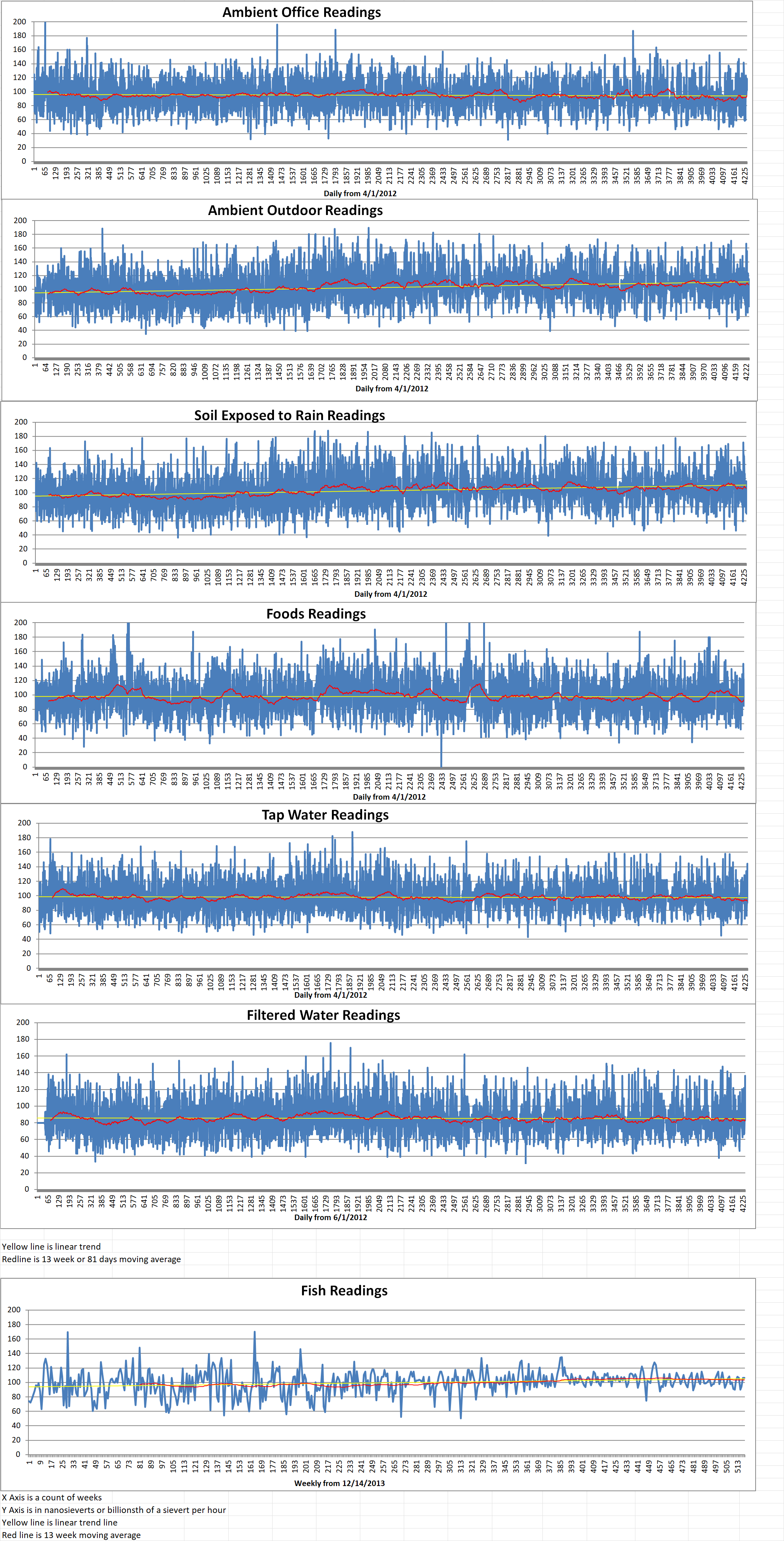
Geiger Readings for May 10, 2024
Ambient office = 106 nanosieverts per hour
Ambient outside = 75 nanosieverts per hour
Soil exposed to rain water = 70 nanosieverts per hour
White onion from Central Market = 93 nanosieverts per hour
Tap water = 98 nanosieverts per hour
Filter water = 89 nanosieverts per hour
